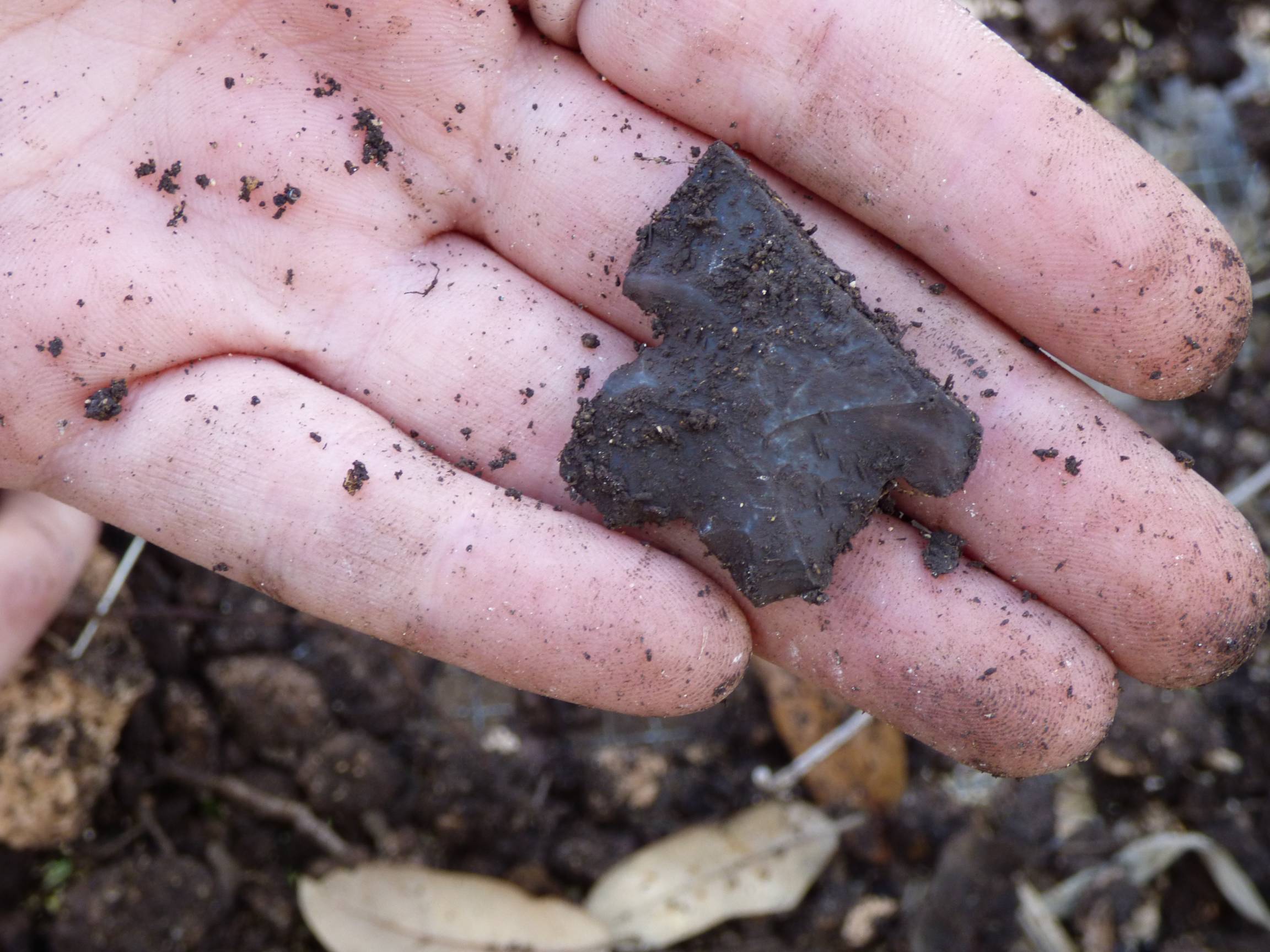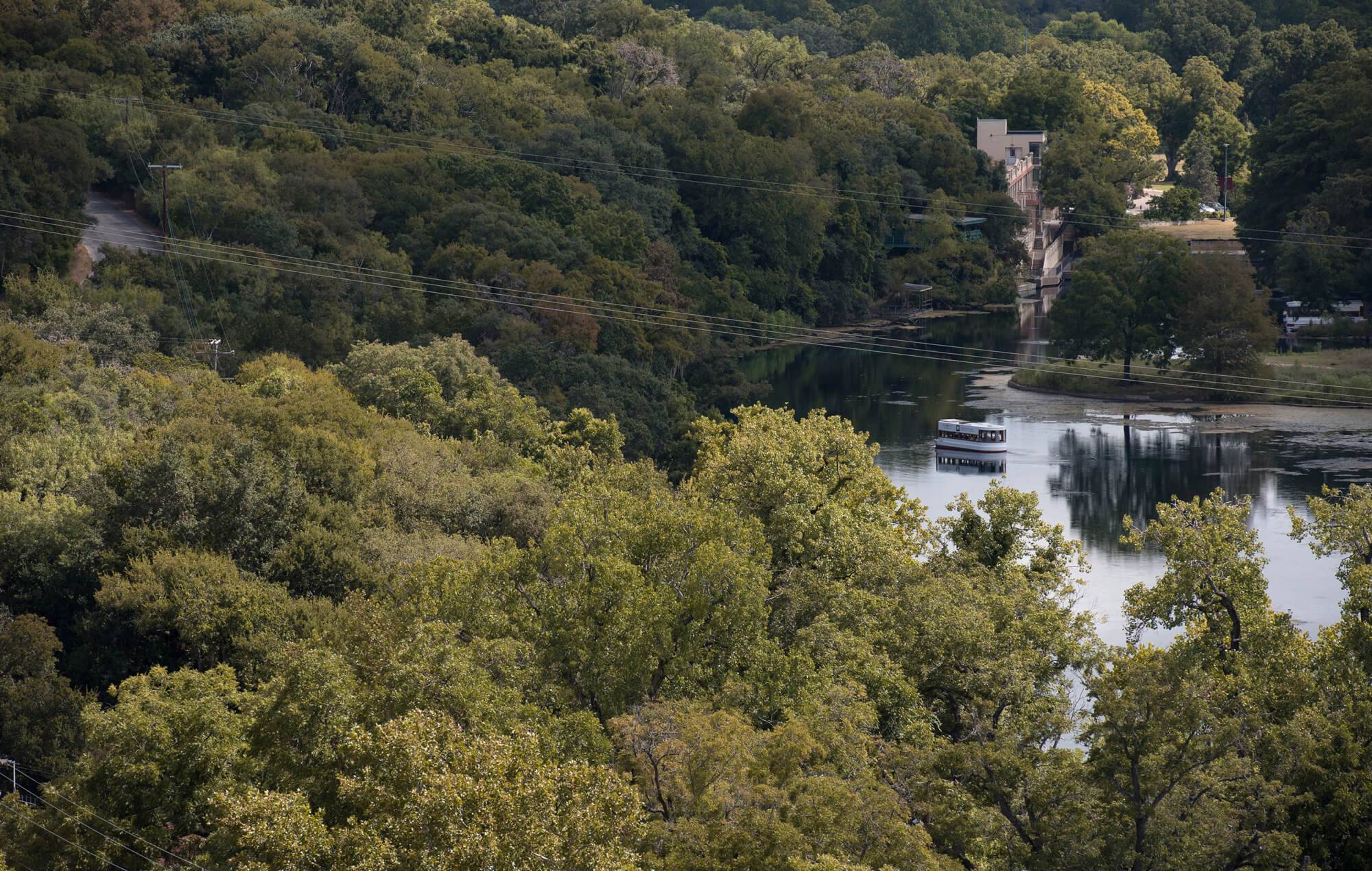What is Archaeology?

So, What is Archaeology, Anyway?
Look around you right now. What do you see? If you are at home, you may see the computer or mobile device you are using to read this article. You may see the table or desk you are using, or the couch you are sitting on. If you are at school, you may see desks, computers, pens, and blackboards. Looking further around, you may see the walls of a building or home, or if you are lucky enough to be outside, a bench, fountain, or paved pathway. You may see a container holding food or a drink. All of these things are the material accoutrements of our daily lives. Once we are gone, they will be our material remains.
At its most basic level, archaeology is the study of the material remains left behind by human beings as a result of their normal daily lives. Most usually, archaeology is used to study the activities and habits of people for whom there is no written record. For these people, often the only information we have about how they lived and interacted with the world around them is through the careful and systematic study of the detritus they left behind. As you will see on this website, however, archaeology can also be used to provide greater depth to our understanding of how people lived and worked during historic times, as well. The careful mapping of a Civil War battlefield may supply more detailed information about battle tactics used than are available in contemporary accounts. Or, the excavation and analysis of artifacts from a homestead may provide information about the inhabitants’ lives that might have been considered too obvious or to unimportant to document at that time, but which have since been lost to the past. Archaeology can also give a voice to communities, like slave or freedmen or other minorities, who may not have been allowed one in the past.
All of these voices are important, both to archaeologists and to the community at large. They are the voices of our collective past, and the experiences we can recreate are the experiences that have not only built our past, but can be used to inform our future. For example, by studying the effects of changes in climate in the deep past, we can extrapolate possible effects and responses to climate change in the future. By studying the ways in which groups of humans have interacted in the past, we can begin to understand how the descendants of those humans, including ourselves, do and will interact in the present.

Material Remains: Survival and Loss
Practically everything we create or use, whether a tool, a toy, or work of art, has a life span. Some life spans are very long, as with stone or bone. Other life spans are very short. Things made of organic materials like wood or natural fibers like cotton or wool will decay over time in all but the most favorable of circumstances (usually very, very dry or very, very wet.) Modern synthetic materials like the various forms of plastic have very short life spans; curators at the Smithsonian Museum and other museums around the country have reported that 19th and early 20th Century plastic materials in their collections are quickly degrading, despite being preserved in the best environments possible (Ambrose, 2000; Leary, 2000; Smith, 1997).
Often by the time an archaeologist begins to study a site, much of the body of materials that once existed has already long decayed. Archaeology can be a very uncertain science. The archaeologist must also be very careful to not make assumptions about what kinds of materials or goods may have been in use that did not survive without having some kind of physical evidence – something that may be seen, held, or otherwise observed and measured -- for their existence. For this reason, it is very important to glean as much information as possible from the evidence that remains. As scientific advances push outward the boundaries of what is knowable, more and different kinds of analysis are being made available to the archaeologist to help with this effort. In the early years of archaeology, knowledge about human activities was limited largely to the shapes and perhaps decorations found on sturdy artifacts of stone or ceramic. Today, stone tools can undergo testing to identify what kinds of materials they were used to cut or pound based on the analysis of the microscopic residues left behind by animal proteins and plant starches (Dier, 2011; Piperno, et al, 2004). Ceramics can be tested for residues to find out what kinds of substances they once held (Craig, et al., 2013). In archaeology, today’s insolvable mystery might be tomorrow’s breakthrough.
Archaeology is a Moving Target
Finally, let's discuss something that can be confusing about archaeology and the information archaeologists produce. Archaeology uses scientific principles to investigate and discuss human material remains. That means that archaeologists observe phenomena (the archaeological materials), devise hypotheses to explain the phenomena, and test those hypotheses against the data through our various analyses. We report the results of our investigations either through traditional publications like journals or books or through more modern media like this website, done our work correctly, these results can be replicated again and again using the same data. Over time, as more and more linked hypotheses are proved based on their data, theories emerge that attempt to explain larger social and behavioral processes.
However, as we discussed in the previous section, archaeological materials are by their nature incomplete. There will always be preservation bias, but it happens differently in different places and times. Some materials will decompose or be otherwise removed from the archaeological record in some places, but may be preserved by different conditions in a separate location. What this means practically is that data that are incomplete in one site may be more complete in another site. By comparing many sites and the results of their analysis over time, archaeologists can weave together a more complete picture of human behavior in a time and place. This is one of several reasons that the preservation of artifacts in their original context is so important to archaeologists.
Archaeology is an exciting and dynamic field of study, but this can also make it confusing. A hypothesis that was reported and believed to be proved can be completely overturned by the admission of new data. New forms of analyses can also affect information that was once thought to be complete. If enough hypotheses are overturned, entire theories can be either reworked or entirely discarded.
Over time, the information presented on the pages in this website may also change. Dates may be pushed back or forward based on new carbon dating results, or new understandings of subsistence may replace out-dated information. Please bear with us as this occurs. We will always strive to report the most up-to-date and accurate information on this website, but that information may change.
Citations:
Note: Citations for this section were chosen specifically to be readily accessible by a general audience. Please use the links included in the citations list below to find out more information about the topics discussed in the article.
Ambrose, Sue Goetnick.
2000. “Symbol of modern life faces own mortality.” The Seattle Times, October 22, 2000. http://community.seattletimes.nwsource.com/archive/?date=20001022&slug=TT541VAHL. Accessed December 3, 2015.
Craig, O. E. , H. Saul, A. Lucquin, Y. Nishida, K. Taché, L. Clarke, A. Thompson, D. T. Altoft, J. Uchiyama, M. Ajimoto, K. Gibbs, S. Isaksson, C. P. Heron, and P. Jordan.
2013. “Earliest evidence for the use of pottery.” Nature. Vol. 496. pps. 351-354. http://www.nature.com/nature/journal/v496/n7445/full/nature12109.html. Accessed December 3, 2015.
Dier, Amanda N.
2011. “Current Approaches to Protein Residue Analysis.” Popular Archaeology. Volume 4. http://popular-archaeology.com/issue/september-2011/article/current-approaches-to-protein-residue-analysis. Accessed December 3, 2015.
Leary, Warren E.
2000. “Mighty Moon Suits Are Falling Apart.” The New York Times, December 5, 2000. http://www.nytimes.com/2000/12/05/science/mighty-moon-suits-are-falling-apart.html?pagewanted=all. Accessed December 3, 2015.
Piperno, Dolores R., Ehud Weiss, Irene Holst, and Dani Nadel.
2004. “Processing of wild cereal grains in the Upper Palaeolithic revealed by starch grain analysis.” Nature. Vol. 430. Pps 670-673. http://www.nature.com/nature/journal/v430/n7000/full/nature02734.html. Accessed December 3, 2015.
Smith, Sarah S.
1997. “TIME CRUMBLES PLASTIC ARTIFACTS: MUSEUMS FIGHTING TO CONSERVE HISTORY.” Plastics News, June 9, 1997. http://www.plasticsnews.com/article/19970609/NEWS/306099999/time-crumbles-plastic-artifacts-museums-fighting-to-conserve-history. Accessed December 3, 2015.
